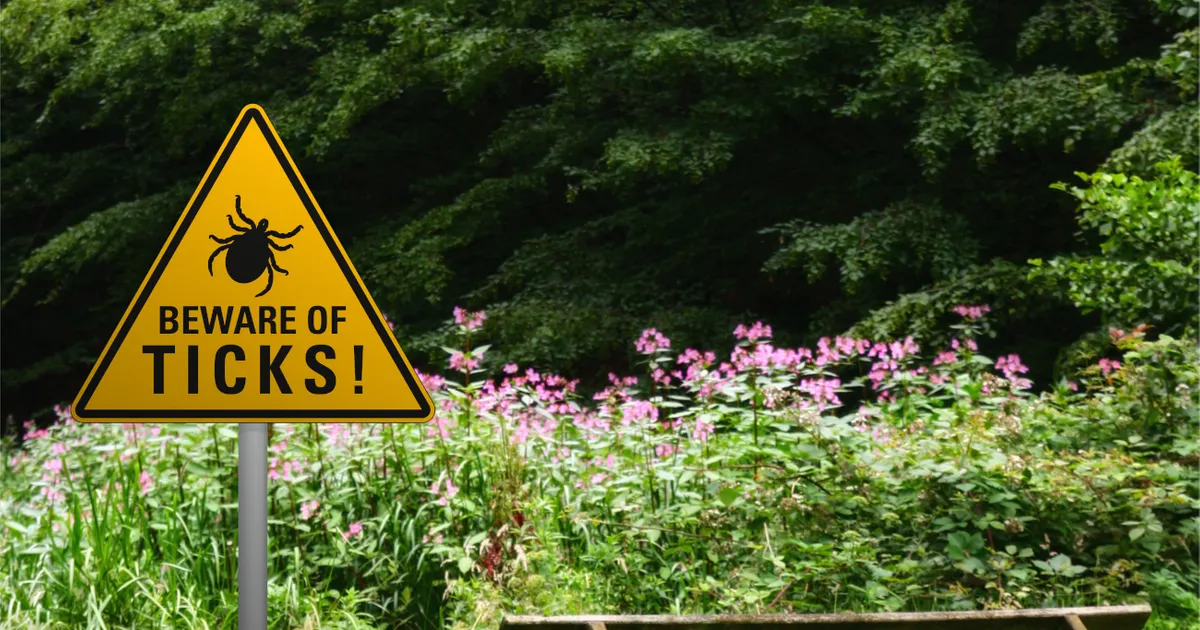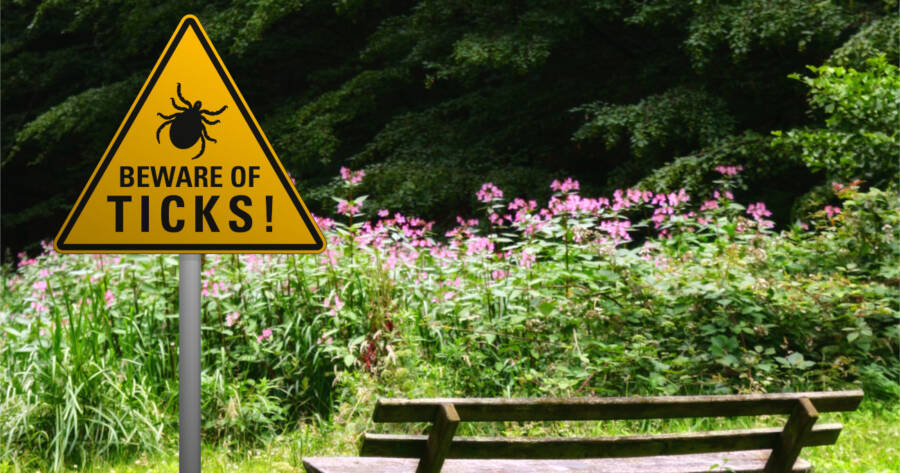Key Takeaways
- Carried by infected ticks, Lyme disease can cause fever, fatigue, headache, muscle and joint aches.
- Without swift medical intervention, the infection can spread to the heart, joints, and nervous system.
- Taking preventative measures against ticks is your best defense against contracting Lyme disease this summer.
As the mercury rises and summer commences, people embrace the season of picnics, hiking, and camping – all under the soothing caress of the sun. However, it is also a time of increased risk for Lyme disease, a tick-borne ailment that, if ignored or undetected, can lead to serious health complications. Fortunately, you can learn everything you need to know about Lyme disease with a search online right now, which could help you spot early symptoms.
Understanding Lyme Disease
Lyme disease is caused by the bacterium Borrelia burgdorferi, which is transmitted to humans through bites from infected black-legged ticks. These tiny, spider-like creatures latch onto your skin and feed on your blood. The longer an infected tick remains attached, the greater the chances of transmitting the disease.
This disease is most common in the northeast and upper midwest of the United States. However, reports have been recorded across the country and even internationally. Importantly, not all ticks carry the bacterium, and even those that do may not always transmit the disease.
Symptoms to Watch Out For
Lyme disease symptoms can be diverse and often mimic other health conditions. This can make it tricky to identify without a keen awareness. In many cases, the earliest and most definitive sign is a rash, called erythema migrans. It usually starts at the site of the tick bite after a delay of three to thirty days.
This rash often resembles a bull’s eye. It is red, may expand over time, and does not typically itch or cause pain. Some people, however, may not develop this rash at all. As the disease progresses, it may lead to flu-like symptoms, such as fever, fatigue, headache, muscle and joint aches.
In the absence of proper treatment, the infection can spread to the heart, joints, and nervous system. Late stage symptoms include severe headaches, arthritis, heart palpitations, and even neurological issues like memory problems or facial palsy.
Lesser-Known Symptoms
While the rash and flu-like symptoms are the most common, other lesser-known symptoms can occur. These may include swollen lymph nodes, sleep disturbances, and changes in mood or mental abilities. Lyme disease can also sometimes cause an irregular heartbeat, known as Lyme carditis, which is a less common but serious condition.
It’s also worth noting that people experience Lyme disease differently. Some may have mild symptoms and recover quickly with treatment, while others may have more severe or long-lasting effects. This variability makes early detection and diagnosis all the more critical.
The Risk Factors
Lyme disease risk can be influenced by several factors. People who spend time in grassy and heavily wooded areas are more susceptible, due to increased exposure to ticks. The risk is particularly high from spring to summer when young ticks are most active.
Certain outdoor activities like hiking, camping, or gardening can also heighten your risk, especially if done in tick-infested areas. Furthermore, living in or traveling to areas known for Lyme disease can make you more vulnerable. It is important to know your risk and take the necessary precautions.
Guarding Against Lyme Disease
Prevention is the best defense against Lyme disease. Adopting some simple habits can drastically reduce your risk of encountering ticks. When going outdoors, particularly in wooded or grassy areas, cover your skin by wearing long-sleeved shirts and long pants. Tuck your pants into your socks to prevent ticks from crawling up your legs.
Using insect repellents containing DEET on your skin and clothing can also deter ticks. After outdoor activities, perform a thorough check for ticks on your body. Pay special attention to the underarms, inside the belly button, behind the knees, and around the hairline.
Removing ticks as soon as possible is critical. Use fine-tipped tweezers to grasp the tick as close to the skin’s surface as possible. Then pull upward with steady, even pressure, making sure not to twist or jerk, which can cause parts of the tick to break off and remain in the skin.
Enhancing Protection Measures
Using repellents isn’t the only preventive measure. Consider treating your clothing and gear with products containing 0.5% permethrin, which can remain protective through several washings. Additionally, when walking in wooded areas, stick to the center of trails to minimize contact with ticks.
It’s also beneficial to create a tick-free zone in your yard by clearing tall grasses and brush, and placing a barrier of wood chips or gravel between lawns and wooded areas. Regularly checking and removing ticks from pets is another important preventive strategy, as pets can bring ticks into homes.
Knowledge Is Your Best Tick Repellent
With the onset of summer, Lyme disease presents an unseen risk to outdoor enthusiasts. Being aware of the disease, its symptoms, risk factors, and preventive measures can ensure a safe and healthy season.
Lyme disease may be a formidable opponent, but it’s one we can outsmart through knowledge and vigilance. Take precaution and avoid falling prey to this invisible intruder.
 Shutterstock: Heiko Barth
Shutterstock: Heiko Barth


